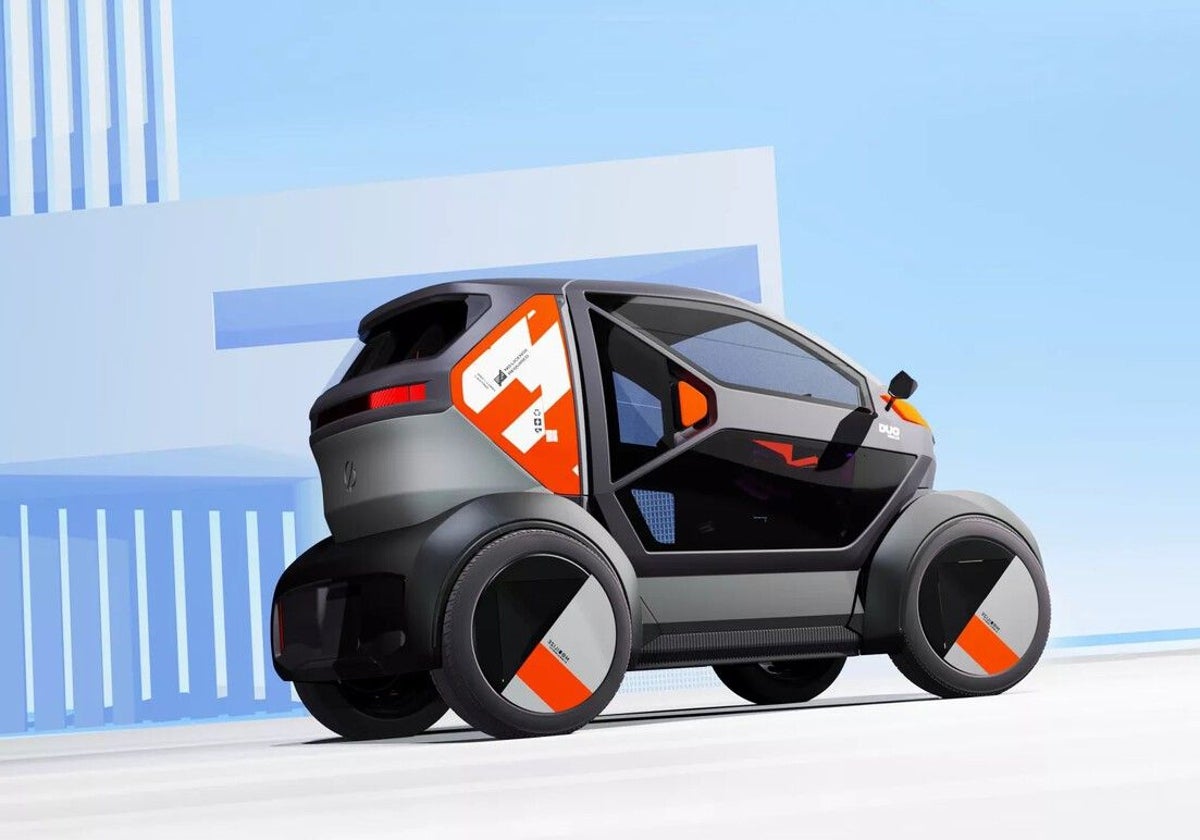

Sections
Services
Highlight

J. Bacorelle
Lunes, 23 de diciembre 2024, 09:55
20% of respondents have changed their mobility habits due to climate change, and 27% are considering doing so. However, cost remains a significant barrier. 64% would be willing to pay more for transport with a lower environmental impact, and 51% would do so only if the price increase is reasonable. This duality between desire and expense defines a growing trend in Spanish mobility.
According to the first Triodos Bank Study on 'Sustainable Behaviours of the Spanish Population', which includes results on trends and decisions in daily and leisure travel among the Spanish population, 64% would be willing to pay more for transport with a lower environmental impact, and 51% would do so only if the price increase is reasonable. This duality between desire and expense defines a growing trend in Spanish mobility.
Spain already has over 25 million cars, a figure that continues to rise according to data from the 2023 DGT statistical yearbook. In fact, the car or personal vehicle is the most commonly used for both short trips and leisure travel (almost 40% of the Spanish population prefers this option for such journeys).
With significantly lower percentages, we find the train (18.8%), followed by the plane (11.5%) and the bus (4.9%). 16.6% of respondents say they would choose the most economical option, and 8.4% opt for the one that takes the least time to reach their holiday destination.
By autonomous communities, Extremadura has the highest percentage of people choosing the car for leisure travel (53.9%), possibly because it is a region with less public transport infrastructure. Meanwhile, Aragon ranks first in the percentage of people choosing the train for their "getaways" (28.4%), and in the Balearic Islands (29.9%) and Canary Islands (26.8%), for obvious reasons, a higher percentage of the population prefers the plane. Galicia is the region where price is most considered (24.7%).
"The world needs a complete transformation of the mobility system, especially within and to and from our cities, towards a sustainable, accessible, and decarbonised model that contributes to improving air quality," says Aurora García, Director of Communications at Triodos Bank in Spain.
When choosing their mode of transport, the factors influencing decisions are varied. In this way, comfort is the main requirement for more than half of those surveyed (56.3%), followed by time, mentioned by 54.3%. Only 15.6% choose their mode of transport based on the environmental impact and carbon footprint it generates.
The study also shows that the adoption of hybrid and electric vehicles is still in its early stages, with only 7.5% of people choosing these options. Despite the low figures, young people aged 18 to 25 and those with higher education are driving this transition.
The arrival of festive periods such as Christmas leads to an increase in the number of trips and a rise in emissions.
Mobility increases significantly in Spain during holidays, especially during notable dates like Christmas. According to data from the General Directorate of Traffic (DGT), during Christmas 2023, a total of 19,228,053 long-distance movements were recorded in our country. It also seems that environmental awareness in transport use and population habits during travel is increasing.
Therefore, it is interesting to know alternatives that allow us to reduce our carbon footprint. At this point, car-sharing platforms have become an option that 16.5% of respondents claim to use. Specifically, young people aged 18 to 25 (30.4%), those with higher education (21.6%), and those who work (20.3%) are most accustomed to these transport models.
Although Spain is not yet at the forefront of sustainable mobility, there is a path defined by younger generations towards a more conscious transport model. Advancing in this direction could be key to building a more sustainable future in terms of transport in the country. Throughout the year, it may be more challenging to adopt sustainable habits due to daily demands, but holidays are a good opportunity to experiment with more environmentally friendly alternatives.
Publicidad
Publicidad
Te puede interesar
La juzgan por lucrarse de otra marca y vender cocinas de peor calidad
El Norte de Castilla
Publicidad
Publicidad
Esta funcionalidad es exclusiva para registrados.
Reporta un error en esta noticia

Debido a un error no hemos podido dar de alta tu suscripción.
Por favor, ponte en contacto con Atención al Cliente.

¡Bienvenido a TODOALICANTE!

Tu suscripción con Google se ha realizado correctamente, pero ya tenías otra suscripción activa en TODOALICANTE.
Déjanos tus datos y nos pondremos en contacto contigo para analizar tu caso

¡Tu suscripción con Google se ha realizado correctamente!
La compra se ha asociado al siguiente email
Comentar es una ventaja exclusiva para registrados
¿Ya eres registrado?
Inicia sesiónNecesitas ser suscriptor para poder votar.